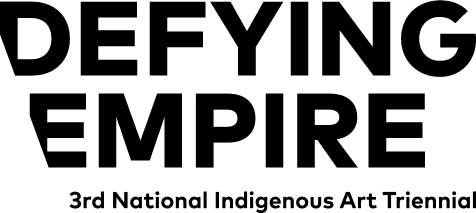
Artist:
Archie Moore
Skin was an identifier of who I was and what status I held—not in the long gone birth right of a traditional ‘skin name’, but from racist slurs that we’ve all heard at some time and continue to hear today. The skin of Black Dog is preserved by taxidermy, filled with sawdust and old newspapers but also full of a history of racism and a feeling of being subhuman. The dog wasn’t black enough so it got darkened with boot polish, a medium itself rich in racial connotations and make-up for ‘black face’ performers from decades ago and the odd, misguided incidents of recent times. It sits awkwardly on the floor, staring up at you with accusatory eyes as an indictment of past mistreatment of an individual but also of a marginalised group. There have been many papers that speak of a link between discrimination and mental illness, how words said in jest or abuse can lead to depression. A name tag hangs around the dog’s neck in case you are still unaware that this is a self-portrait.
Blood Fraction deals again with the politics of skin and the words used to classify, quantify and assign meaning based on race. It is in response to various public commentators who question a person’s Aboriginality, authenticity and legitimacy. One drop of Aboriginal blood is all it takes for most Aboriginal people to accept you but if you’re not ‘Full Blood’, then you’re not a ‘real Aborigine’ to others. Displayed as a colour chart or a sliding scale of skin tones it highlights the absurdity of breaking down a human being’s self into words with mathematical prefixes like ‘Octoroon’.
The three versions of the Aboriginal Flag are skins of paint or ‘acrylic on nothing’ and address the compulsion of some to view our First Nations people as one homogenised group. Maybe this stems from before we gained human status, when we were under the ‘flora and fauna’ umbrella. These paintings are part of a series of 10 flags that substituted the yellow sun for other symbols to denote political alignments, sexual orientation, religious affiliation etc. It questions the Aboriginal Flag as a pan-flag, a symbol that all Aboriginal people can feel represented by.
Photo: Natalie Thomas
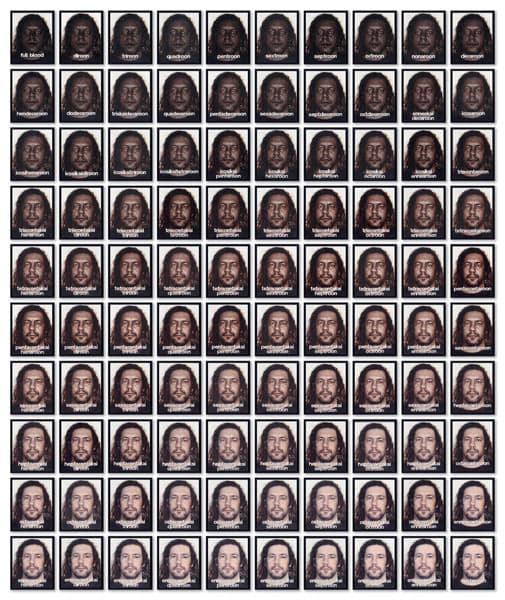
Archie Moore
(Kamilaroi people)
Blood Fraction 2015
Purchased 2016. This acquisition has been acquired in recognition of the 50th Anniversary of the 1967 Referendum.
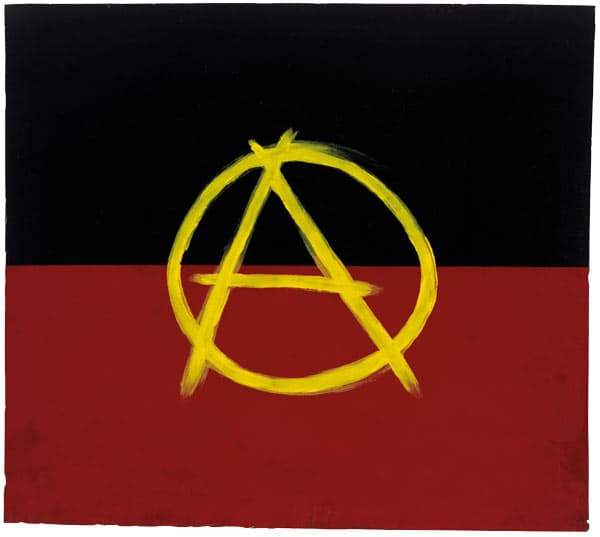
Archie Moore
(Kamilaroi people)
Aboriginal Anarchy 2012
© the artist and The Commercial Gallery, Sydney Purchased 2013. This acquisition has been acquired in recognition of the 50th Anniversary of the 1967 Referendum.
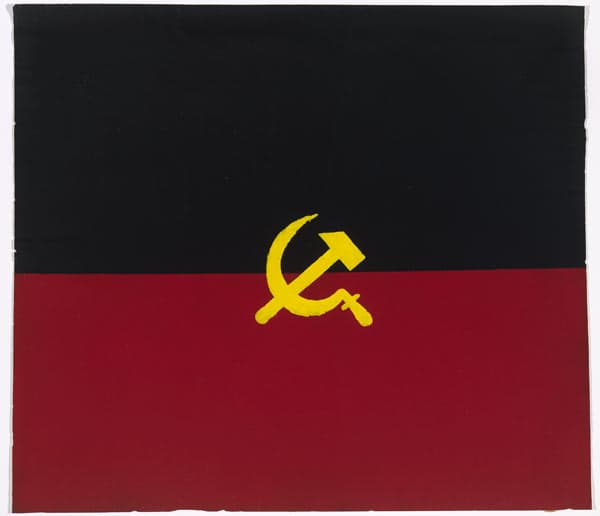
Archie Moore
(Kamilaroi people)
Aboriginal Left 2012
© the artist and The Commercial Gallery, Sydney Purchased 2013. This acquisition has been acquired in recognition of the 50th Anniversary of the 1967 Referendum.

Archie Moore
(Kamilaroi people)
Aboriginal Right 2012
© the artist and The Commercial Gallery, Sydney Purchased 2013. This acquisition has been acquired in recognition of the 50th Anniversary of the 1967 Referendum.
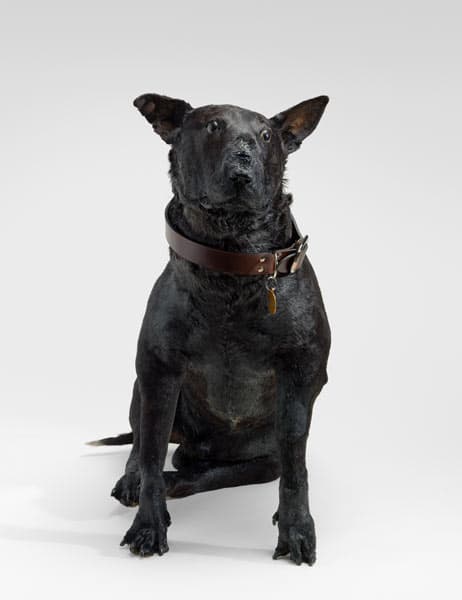
Archie Moore
(Kamilaroi people)
Black Dog 2013
© the artist and The Commercial Gallery, Sydney Purchased 2014. This acquisition has been acquired in recognition of the 50th Anniversary of the 1967 Referendum.
Search for works by this artist in the national collection.
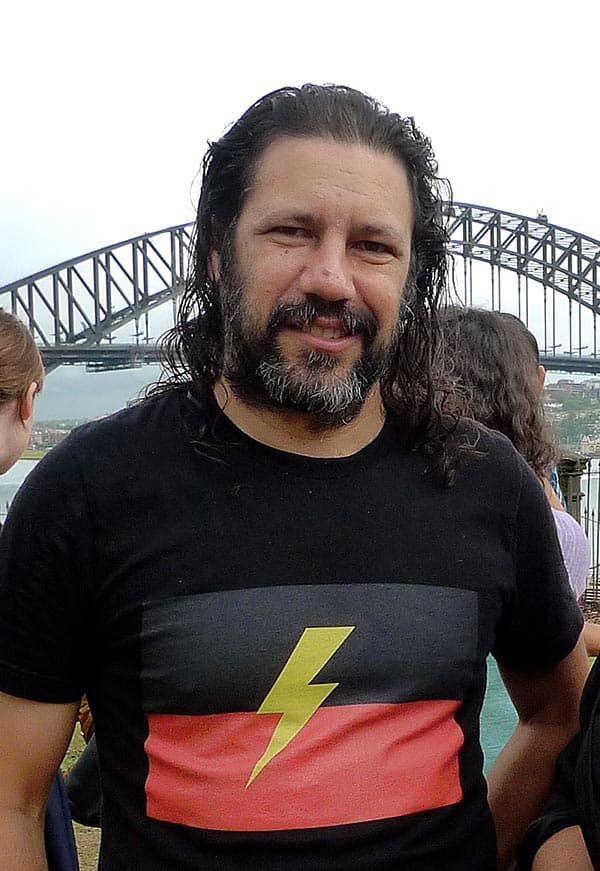
Archie Moore (Kamilaroi people)


